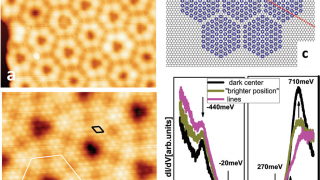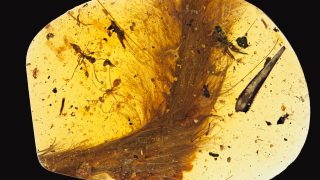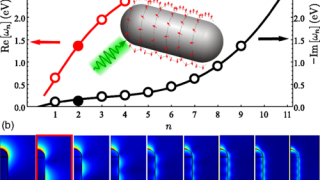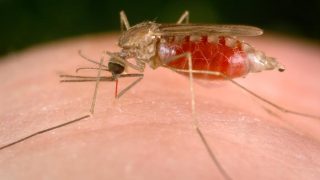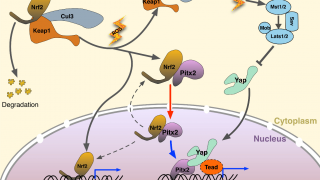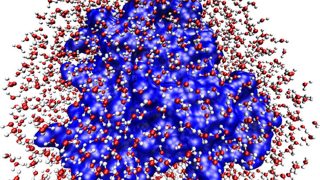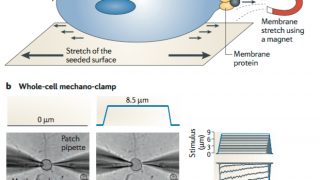
Molecular Detectives: discovering new ion channels (II)
The identification of previously unknown proteins is a difficult task and often requires to follow unconventional thinking. In my previous post, I have described how the TRPV1 ion channel (formerly known as the capsaicin receptor) was discovered by combining the construction of a cDNA library from primary afferent neurons (DRG neurons) and the functional selection […]
